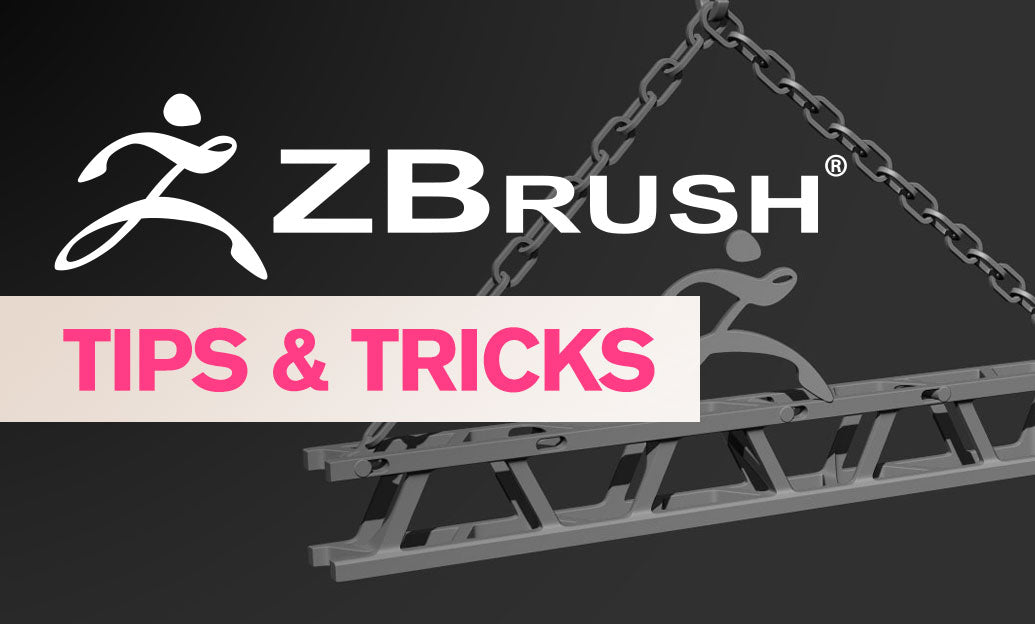Your Cart is Empty
Customer Testimonials
-
"Great customer service. The folks at Novedge were super helpful in navigating a somewhat complicated order including software upgrades and serial numbers in various stages of inactivity. They were friendly and helpful throughout the process.."
Ruben Ruckmark
"Quick & very helpful. We have been using Novedge for years and are very happy with their quick service when we need to make a purchase and excellent support resolving any issues."
Will Woodson
"Scott is the best. He reminds me about subscriptions dates, guides me in the correct direction for updates. He always responds promptly to me. He is literally the reason I continue to work with Novedge and will do so in the future."
Edward Mchugh
"Calvin Lok is “the man”. After my purchase of Sketchup 2021, he called me and provided step-by-step instructions to ease me through difficulties I was having with the setup of my new software."
Mike Borzage
Rhino 3D Tip: Harnessing Rhino's History Feature for Enhanced Design Workflow Efficiency
March 17, 2024 2 min read

Understanding the power of Rhino's History can transform the way you approach design changes within your projects. Rhino's History is a feature that records the relationships between objects and the commands that created them. Here are several ways you can leverage History to make your design workflow more efficient:
- Non-Destructive Editing: With History enabled, when you modify the inputs (such as curves or surfaces) that generated an object, Rhino will automatically update the resulting geometry. This allows for non-destructive tweaking and exploration of different design variations without recreating the geometry from scratch.
- Curves and Surfaces: When creating surfaces from curves, using History means that adjusting the curves will result in the surface updating to reflect the changes. This is particularly useful when fine-tuning complex surfaces, such as those encountered in automotive or consumer product design.
- Repetition with Pattern: If you're creating a pattern or array of objects, History enables you to adjust the original object or the path curve, and all instances within the array will update accordingly. This can save hours when dealing with repetitive elements in architectural or industrial design.
- Dimensional Editing: History ties in with Rhino's dimensioning tools. For example, if you have a dimension attached to a geometry and you edit the geometry, the dimension will also update. This ensures accuracy and saves time when adjusting parts of your design.
- Annotation: History also works with annotations. If the geometry linked to an annotation changes, the annotation will update to reflect the new information. This is particularly useful in collaborative settings where multiple revisions may take place.
To maximize the benefits of Rhino's History, remember:
- History can be toggled on and off using the command
History. It's wise to check if it's activated before starting to work on a series of related objects. - Some commands do not support History. You can always check the command line to see if History recording is available for a particular command.
- History updates can be controlled. If you need to break the history of an object, use the command
HistoryPurgewhich will remove the historical data from the selected object(s) without affecting others.
For more information on Rhino's capabilities, visit NOVEDGE, the leading online software store for design professionals. NOVEDGE offers a wide range of Rhino products and plugins, as well as expert advice to help you optimize your use of Rhino 3D Software.
You can find all the Rhino products on the NOVEDGE web site at this page.
Also in Design News

Driving the Future: AI-Enhanced CAD for Automated Design Optimization
May 09, 2025 8 min read
Read More
ZBrush Tip: Maximize Your ZBrush Workflow with Advanced PolyPaint Techniques
May 09, 2025 2 min read
Read MoreSubscribe
Sign up to get the latest on sales, new releases and more …



